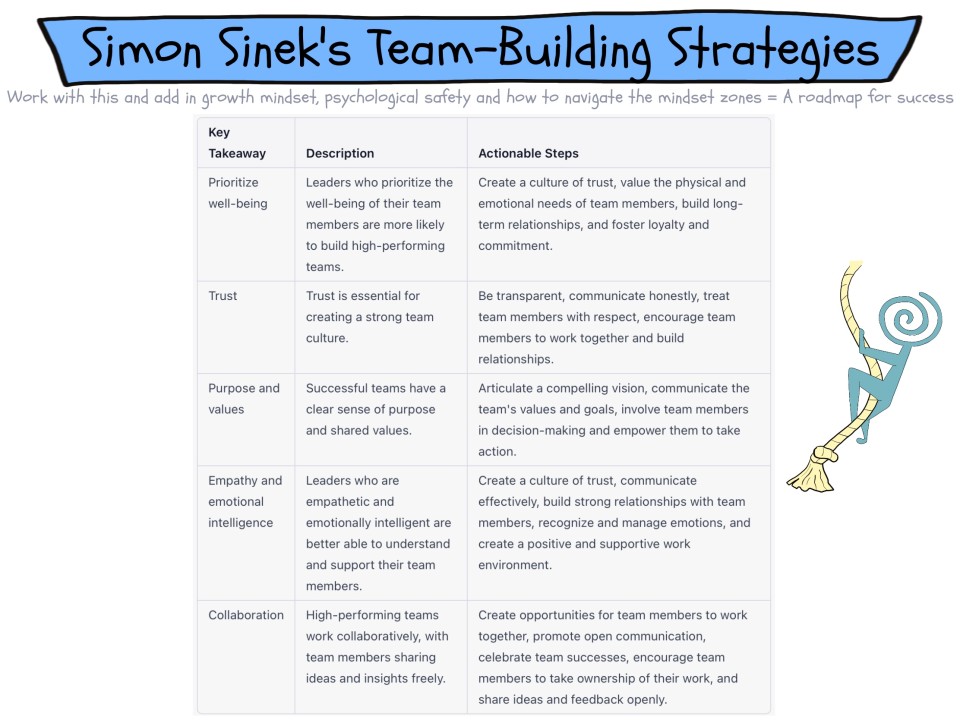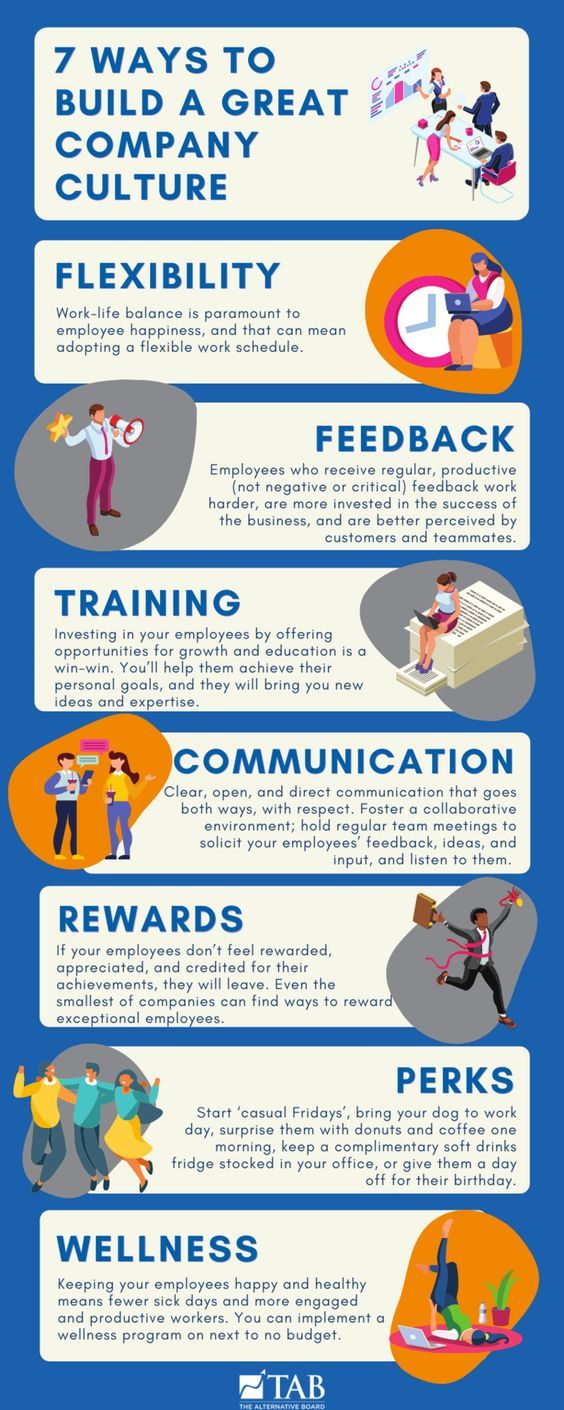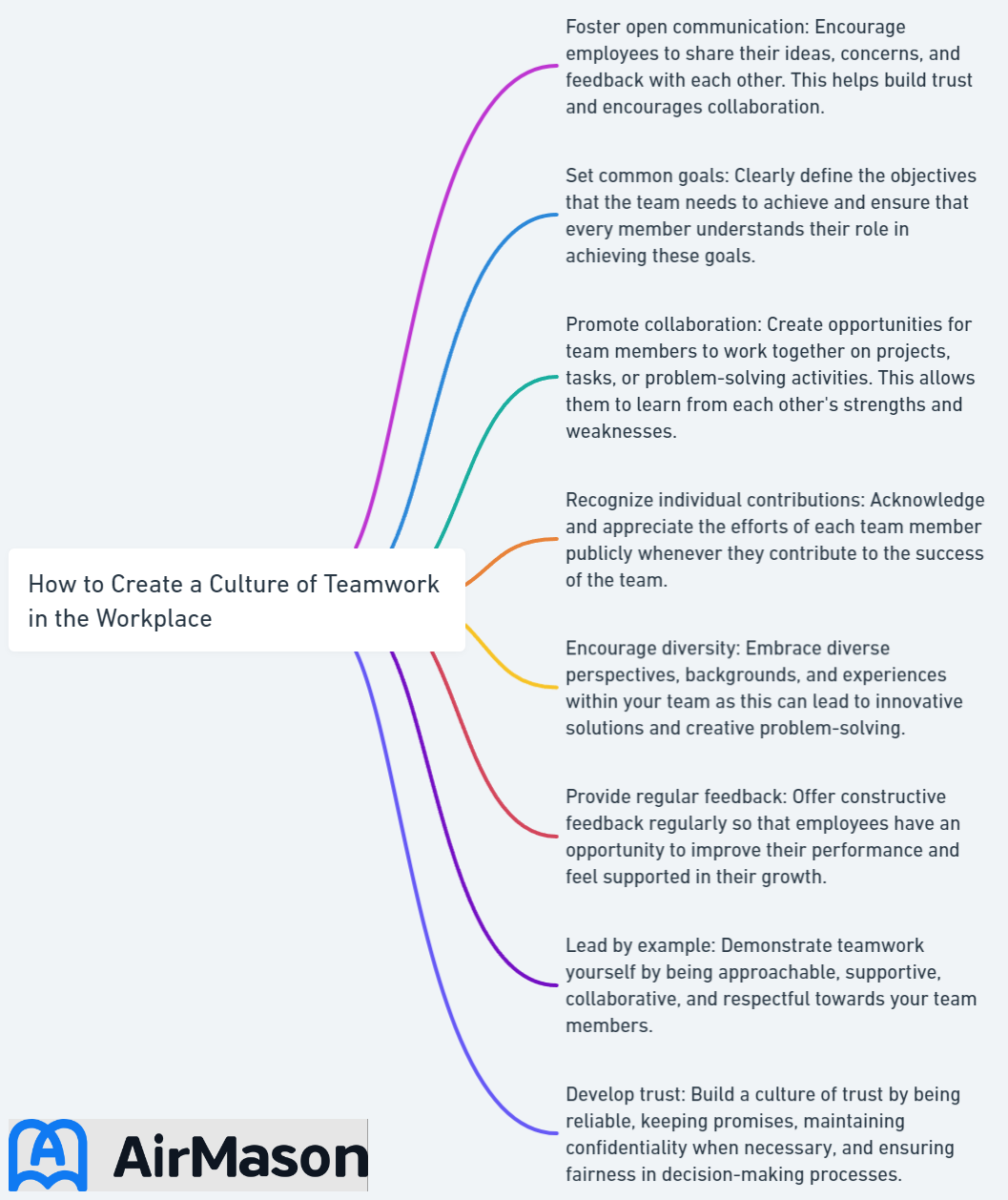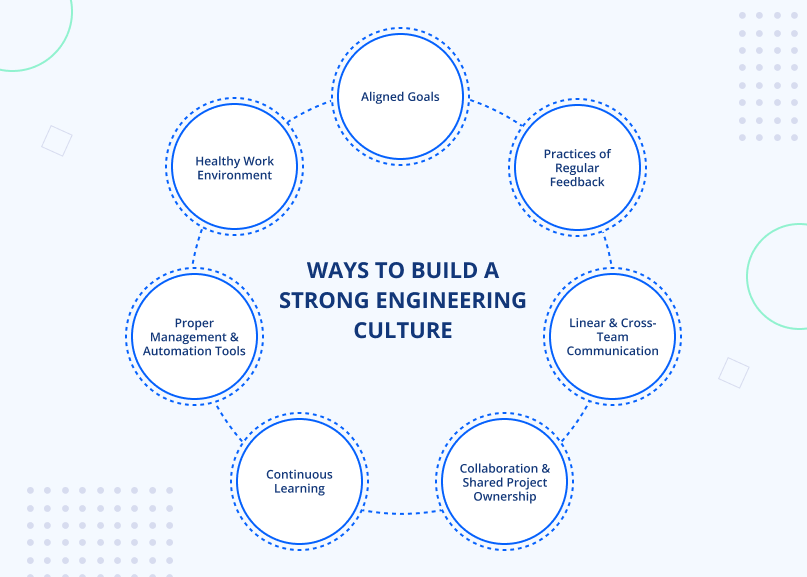Building a strong feedback culture in team communication is essential for success. It fosters trust, improves performance, and boosts morale.
Every effective team thrives on open, honest communication. Feedback is the backbone of this process. It ensures every team member knows their strengths and areas for improvement. But how do you build a culture where feedback is welcomed and valued?
It starts with creating an environment of respect and understanding. Team members need to feel safe sharing their thoughts. Leaders play a crucial role in setting the tone. They must model the behavior they want to see. Consistency is key. Regular feedback, both positive and constructive, keeps the communication lines open. This approach helps teams grow stronger together, achieving their goals more efficiently.
Table of Contents
ToggleImportance Of Feedback Culture
A strong feedback culture is vital for any team’s success. It drives improvement and fosters a sense of trust. Without regular feedback, teams may struggle to grow. Feedback ensures everyone is aligned with the team’s goals. It highlights areas of strength and identifies opportunities for improvement. This creates an environment where everyone feels valued and heard.
Enhancing Team Performance
Feedback directly impacts team performance. Constructive feedback helps team members understand their roles better. It also clarifies expectations and provides direction. Teams that receive regular feedback can adjust quickly. They can also tackle challenges more effectively. Feedback helps to identify skills gaps and areas needing development.
Consider the following benefits:
- Improved communication among team members
- Increased accountability and ownership
- Enhanced problem-solving skills
- Better decision-making processes
Fostering Growth And Development
A feedback culture promotes individual and team growth. It helps team members to develop new skills. Regular feedback sessions provide opportunities for learning. Team members can set personal goals based on feedback. This encourages continuous improvement.
Feedback also fosters a sense of motivation. Team members feel recognized and appreciated. This boosts morale and job satisfaction. High morale leads to lower turnover rates. Employees are more likely to stay with the team.
Here are some key points:
- Encourages self-improvement
- Promotes lifelong learning
- Builds a supportive team environment
- Enhances employee engagement

Credit: www.linkedin.com
Establishing Trust
Building a strong feedback culture in team communication starts with establishing trust. Trust forms the foundation of open and honest interactions. Without trust, team members may feel hesitant to share their thoughts and feedback. This section will explore how to create trust within your team.
Creating A Safe Environment
To foster trust, begin by creating a safe environment. Team members need to feel secure when sharing their opinions. This can be achieved through the following:
- Encourage respect and understanding.
- Ensure confidentiality of shared feedback.
- Respond to feedback without judgment.
Implementing these practices helps in making everyone feel valued. A safe environment promotes honesty and openness.
Encouraging Open Dialogue
Encouraging open dialogue is another key aspect of establishing trust. Open dialogue means everyone has the chance to speak and be heard. Here are ways to encourage open dialogue:
- Hold regular team meetings.
- Invite feedback from all team members.
- Use active listening techniques.
By doing so, team members know their voices matter. This builds a culture of mutual respect and collaboration.
Setting Clear Expectations
Setting clear expectations is crucial for building a strong feedback culture. It helps team members understand their roles and responsibilities. This clarity fosters trust and open communication within the team. When everyone knows what is expected, feedback becomes more effective and meaningful.
Defining Feedback Goals
Defining feedback goals is the first step in setting clear expectations. Identify what you want to achieve with feedback. Is it to improve performance, foster growth, or enhance teamwork? Clear goals provide a direction for feedback. They ensure that every feedback session is purposeful and aligned with team objectives.
Outlining Feedback Processes
Outlining feedback processes is equally important. Establish a structured approach for giving and receiving feedback. This could include regular check-ins, performance reviews, or informal meetings. A consistent process helps team members feel prepared and comfortable. It ensures that feedback is timely, relevant, and constructive.
By defining goals and outlining processes, you create a transparent and supportive environment. This strengthens the feedback culture within your team. Clear expectations lead to better communication and stronger team dynamics.
Training Team Members
Building a strong feedback culture starts with training team members. Proper training helps employees understand the value of feedback. It also teaches them how to give and receive feedback effectively. This section will cover key aspects such as effective communication skills and active listening techniques.
Effective Communication Skills
Effective communication is the backbone of a strong feedback culture. Team members need to express their thoughts clearly and respectfully. Here are some tips to enhance communication skills:
- Be clear and concise: Avoid jargon and complicated words.
- Use positive language: Focus on solutions and improvements.
- Stay on topic: Discuss one issue at a time.
- Practice empathy: Understand the other person’s perspective.
Encourage team members to practice these tips daily. This will foster a more open and honest communication environment.
Active Listening Techniques
Active listening is crucial for effective feedback. It shows that you value the speaker’s input. Here are some active listening techniques to train your team:
- Maintain eye contact: This shows attentiveness and respect.
- Use nodding and verbal cues: Simple words like “I see” or “I understand” go a long way.
- Paraphrase: Repeat what the speaker said in your own words to ensure understanding.
- Avoid interrupting: Let the speaker finish before you respond.
Implement these techniques in regular meetings and feedback sessions. It will help build trust and improve communication within the team.
Utilizing Constructive Feedback
Utilizing constructive feedback is crucial for building a strong feedback culture in team communication. It helps team members grow and improve their skills. Constructive feedback focuses on specific behaviors and outcomes. This ensures that feedback is clear and actionable. Let’s explore two key aspects of constructive feedback: positive reinforcement and addressing areas for improvement.
Positive Reinforcement
Positive reinforcement is vital in team communication. It boosts morale and encourages desired behaviors. Recognize and praise team members when they perform well. This can be a simple “Well done” or “Great job on that project.” Specific praise is more effective than generic compliments. Mention what exactly was done well and its impact.
For example, say, “Your detailed report helped us make informed decisions.” This shows the team member their effort is valued. Positive reinforcement creates a supportive environment. Team members feel appreciated and motivated to maintain high standards. Regular positive feedback strengthens relationships within the team.
Addressing Areas For Improvement
Addressing areas for improvement is equally important. It helps team members understand where they can grow. Be specific and clear about the behavior that needs change. Avoid vague statements like “You need to do better.” Instead, say, “Your presentation lacked detailed data. Adding more statistics could strengthen it.”
Offer suggestions and support for improvement. This could include training, resources, or mentoring. Encourage an open dialogue where team members can ask questions. This shows that you are invested in their growth. Constructive feedback should be a two-way street. Invite team members to share their thoughts and feedback on your suggestions.
Utilizing constructive feedback effectively builds a culture of continuous improvement. It fosters open communication and trust within the team. By focusing on positive reinforcement and addressing areas for improvement, teams can achieve greater success together.
Regular Feedback Sessions
Building a strong feedback culture in team communication is essential for growth. One effective strategy is to implement regular feedback sessions. These sessions help in addressing issues promptly and encourage continuous improvement.
Scheduling Consistent Meetings
Consistency is key for regular feedback sessions. Set up a fixed schedule for meetings, like weekly or bi-weekly. This ensures that everyone is prepared and feedback becomes a routine.
| Day | Time |
|---|---|
| Monday | 10:00 AM |
| Wednesday | 2:00 PM |
Use tools like calendar invites to remind everyone. This keeps the team focused and ready to discuss feedback.
Documenting Feedback
Documenting feedback is crucial for tracking progress. Use a feedback log to keep a record of all discussions. This can be a simple document or a specialized tool.
- Record the date and time of the session.
- Note the key points discussed.
- Assign action items and follow-up dates.
A well-maintained log helps in reviewing past feedback and planning for future sessions. It also ensures accountability and transparency within the team.
Leveraging Technology
Building a strong feedback culture in team communication involves using the right tools. Technology plays a crucial role in this process. It offers various methods to share and receive feedback efficiently. Integrating technology can significantly enhance the communication dynamics within a team.
Feedback Tools And Platforms
Many feedback tools are available to foster a culture of open communication. These platforms help in collecting, analyzing, and distributing feedback. They offer features like anonymous feedback, surveys, and performance reviews. Some popular tools include:
- Slack: Allows team members to give quick feedback.
- 15Five: Focuses on continuous feedback and goal tracking.
- TinyPulse: Gathers employee feedback through simple surveys.
These tools ensure that feedback is structured and documented. This makes it easier to track progress and address issues promptly.
Real-time Feedback Mechanisms
Instant feedback is vital for maintaining a dynamic work environment. Real-time feedback mechanisms can significantly improve team performance. They provide immediate insights into team activities and behaviors. Some effective methods include:
- Chat Applications: Use tools like Microsoft Teams for quick feedback.
- Collaborative Documents: Google Docs allows real-time comments and edits.
- Instant Polls: Conduct quick polls to gauge team sentiment.
These mechanisms encourage prompt action and foster continuous improvement. They also help in resolving issues before they escalate.
Leveraging technology for feedback in team communication is essential. It simplifies the process, making it more efficient and effective. By using the right tools and real-time mechanisms, teams can enhance their communication and build a robust feedback culture.

Credit: elearninginfographics.com
Monitoring And Adapting
Building a strong feedback culture is crucial for team communication. It’s not only about giving and receiving feedback but also about monitoring and adapting based on that feedback. This ensures continuous improvement and fosters a positive environment. Here, we’ll discuss how to monitor progress and adjust strategies effectively.
Tracking Progress
Tracking progress helps in understanding how well feedback is being implemented. It also highlights areas that need more focus. Use the following methods to track progress:
- Regular check-ins
- Performance metrics
- Surveys and feedback forms
Regular check-ins allow team members to discuss their progress. It also provides an opportunity to address any concerns. Performance metrics give a quantitative view of improvement. Surveys and feedback forms provide qualitative insights from the team.
Adjusting Strategies As Needed
Feedback should lead to actionable changes. Adjusting strategies based on feedback is essential. Consider the following steps:
- Analyze feedback data
- Identify areas of improvement
- Implement changes
- Communicate new strategies clearly
Analyzing feedback data helps in understanding the root cause of issues. Identifying areas of improvement ensures focused action. Implementing changes based on this analysis makes the feedback process meaningful. Clear communication of new strategies ensures everyone is on the same page.
Monitoring and adapting based on feedback can be made easier with the right tools. Consider using:
| Tool | Purpose |
|---|---|
| Project Management Software | Track tasks and progress |
| Survey Tools | Gather team feedback |
| Analytics Tools | Analyze performance data |
These tools help in systematically monitoring progress. They also assist in making data-driven adjustments to strategies.

Credit: blog.airmason.com
Frequently Asked Questions
What Is A Feedback Culture In Teams?
A feedback culture in teams promotes open communication, where members share constructive feedback regularly. It encourages growth, trust, and collaboration.
Why Is Feedback Important In Team Communication?
Feedback is crucial for team communication as it helps identify strengths, address weaknesses, and improve overall performance. It fosters continuous improvement.
How To Encourage Feedback In A Team?
Encourage feedback by creating a safe environment, setting clear expectations, and leading by example. Regularly ask for and give feedback.
What Are The Benefits Of A Strong Feedback Culture?
A strong feedback culture leads to better collaboration, higher employee engagement, and improved performance. It also builds trust and accountability.
Conclusion
Building a strong feedback culture boosts team communication. It helps everyone improve. Clear feedback fosters growth and trust within the team. Encourage open dialogue and active listening. This creates a positive work environment. Everyone feels valued and heard. Strong feedback habits lead to better collaboration.
They also enhance overall team performance. Start today. Build a feedback culture in your team. Watch your team’s success grow.






